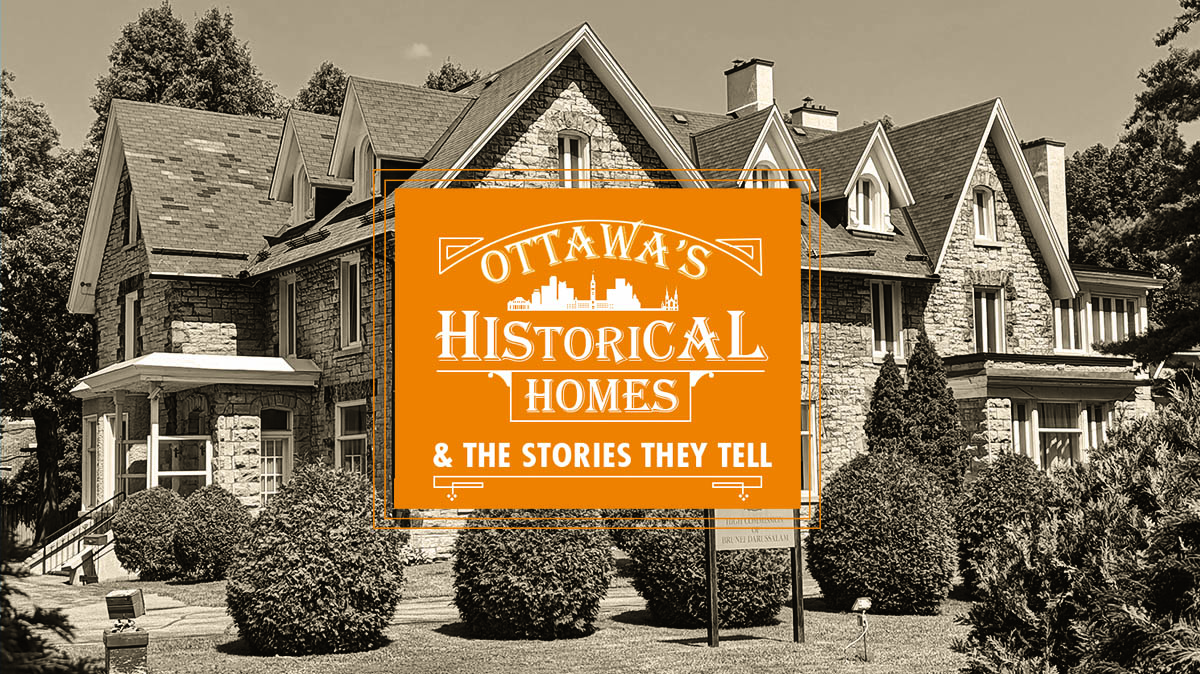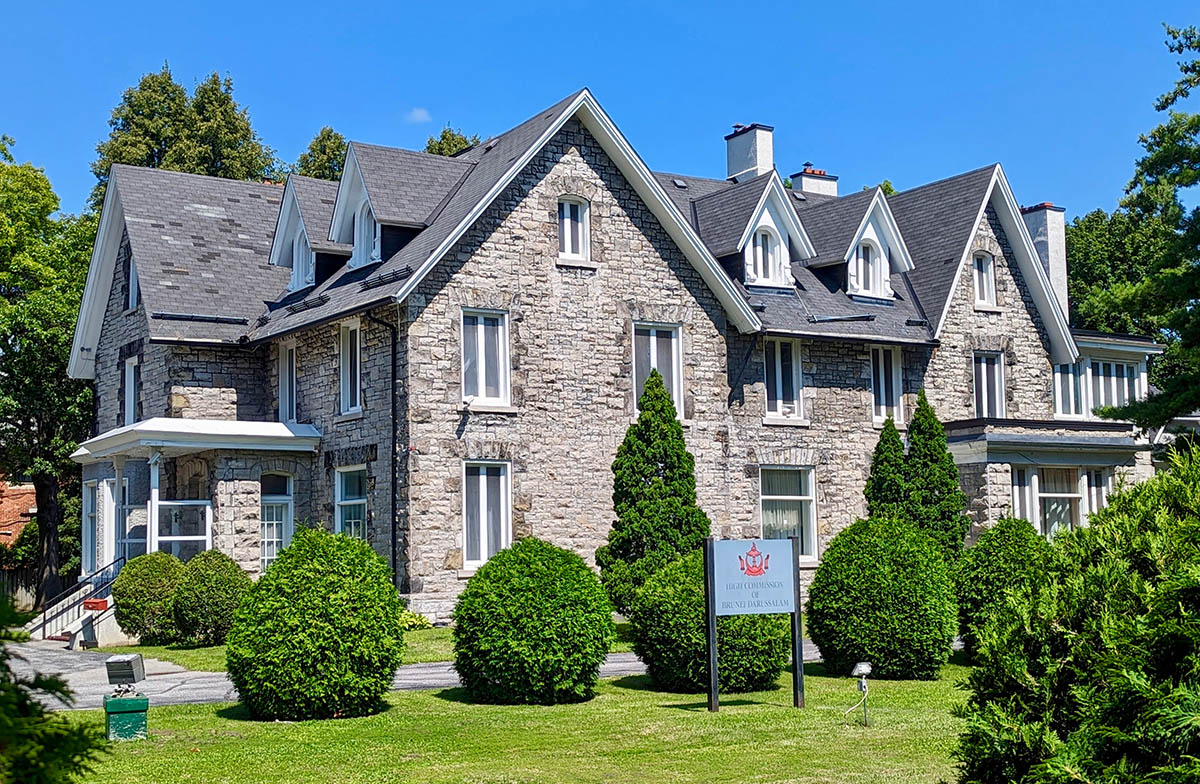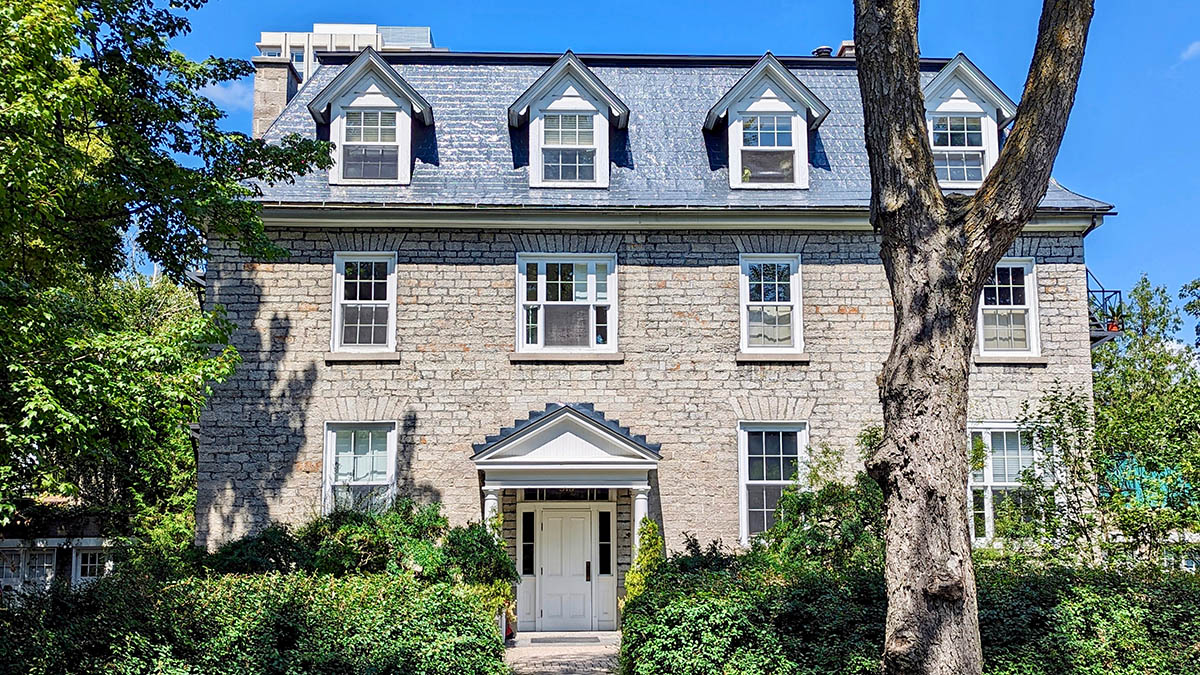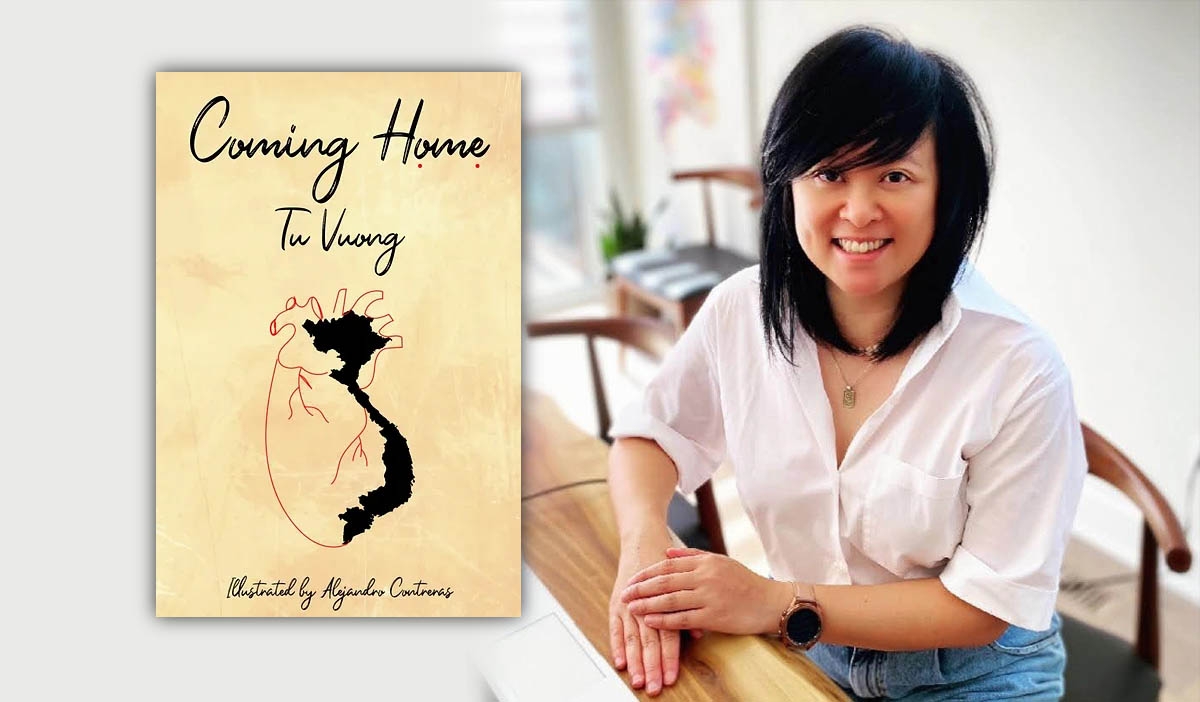
Long Before 24 Sussex There Was Stadacona
Canada’s prime minister had no official residence before Gorffwysfa (Welsh for a place of rest), or what is known today as 24 Sussex, was expropriated by the government in 1949 and occupied by Louis St. Laurent in 1951. Prior to that, the PM resided as the owner in a variety of houses in the capital, most of which are located in Sandy Hill. Sir Wilfrid and his wife Zoé willed Laurier House to Mackenzie King, who in turn willed it to the Canadian Crown.
At the far eastern end of the street that bears Laurier’s name is a Gothic limestone dwelling built in 1871. Like so many other impressive homes from that era, including 24 Sussex, the house that became known as Stadacona Hall was built by a local lumber baron. John Cameron did not reside at the address for very long before it was rented to several prominent individuals. The first tenant was The Honourable Joseph-Édouard Cauchon PC (1816-1885), a Québec Conservative who served as the President of the Privy Council and the first Speaker of the Senate, appointed by John A. Macdonald in 1867 after briefly serving as a member of parliament. One account suggests that Cauchon’s wife named Stadacona after the Indigenous designation for the site of her home town of Québec City, where her husband once served as mayor.
Joseph Cauchon’s earlier Liberal leanings had him run as a member of parliament in the government of Alexander Mackenzie, who defeated John A. Macdonald in 1873. As he had been throughout his political career, Cauchon soon became a polarizing figure in his party. Wilfrid Laurier was a leading opponent of Cauchon among Quebec Liberals, and successfully had him removed from cabinet in October 1877, months before Macdonald defeated Mackenzie and won reelection. To smooth the exit, Cauchon was appointed the third Lieutenant Governor of Manitoba.
A vacancy opened up at Stadacona, and it soon became the new home of PM Macdonald from 1878 to 1883 before he and his family moved to Earnscliffe, perched above the Ottawa River and now the home of the British High Commissioner. It was during his time in Stadacona that Sir John A. made significant progress towards the building of the Canadian Pacific Railway. Prior to that time, Macdonald resided at 63 Daly Avenue from 1865 to 1871, and on the northwest corner of Chapel and Besserer Streets from 1871-1878.
Lillian Scott Desbarats (1870-1959) was the daughter of Sir Richard William Scott (1825-1913), a mayor of Bytown and Secretary of State in Sir Alexander Mackenzie’s and Sir Wilfrid Laurier’s cabinets. The Scotts resided at 274 Daly Avenue until 1920 in the house previously occupied by Charles Tupper. Desbarats’ thoughtful ‘Recollections’ series describes life in Sandy Hill during those years.
“Our property extended to Stewart Street with an entrance on that street to a big stable where we kept a carriage and a sleigh, a horse and two cows…. Father built a small addition to the stable to house two ponies, which he had bought for [my brother] D’Arcy and me.” (Desbarats, 1957) She also recalled the Macdonalds delighting neighbourhood children with their flock of peacocks, and suggested that Stadacona derived its name from Macdonald’s club in Kingston.
Following Macdonald’s move to Earnscliffe, Stadacona was occupied by Sir Frederick Borden, Laurier’s Minister of Militia and Defence from 1896 to 1911. It became the residence of the ambassador of the Kingdom of Belgium following World War II and currently houses the High Commission of the Brunei Darussalam.

Sandy Hill is home to many beautifully restored heritage homes of national importance, making the neighbourhood a great place to explore on foot. One of the finest examples is Graham House, located at 315 Daly Avenue and built in 1861 for Duncan Graham, a government customs collector. It was later the home of Toussaint Trudeau, a deputy minister of public works. Note the unusual mansard roof.









